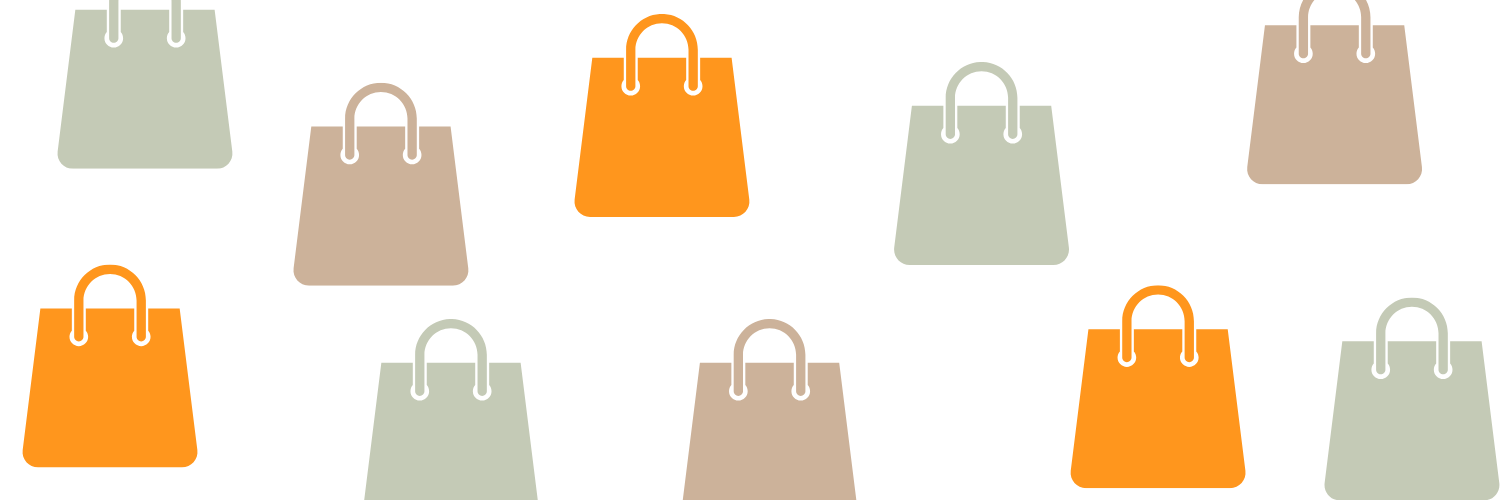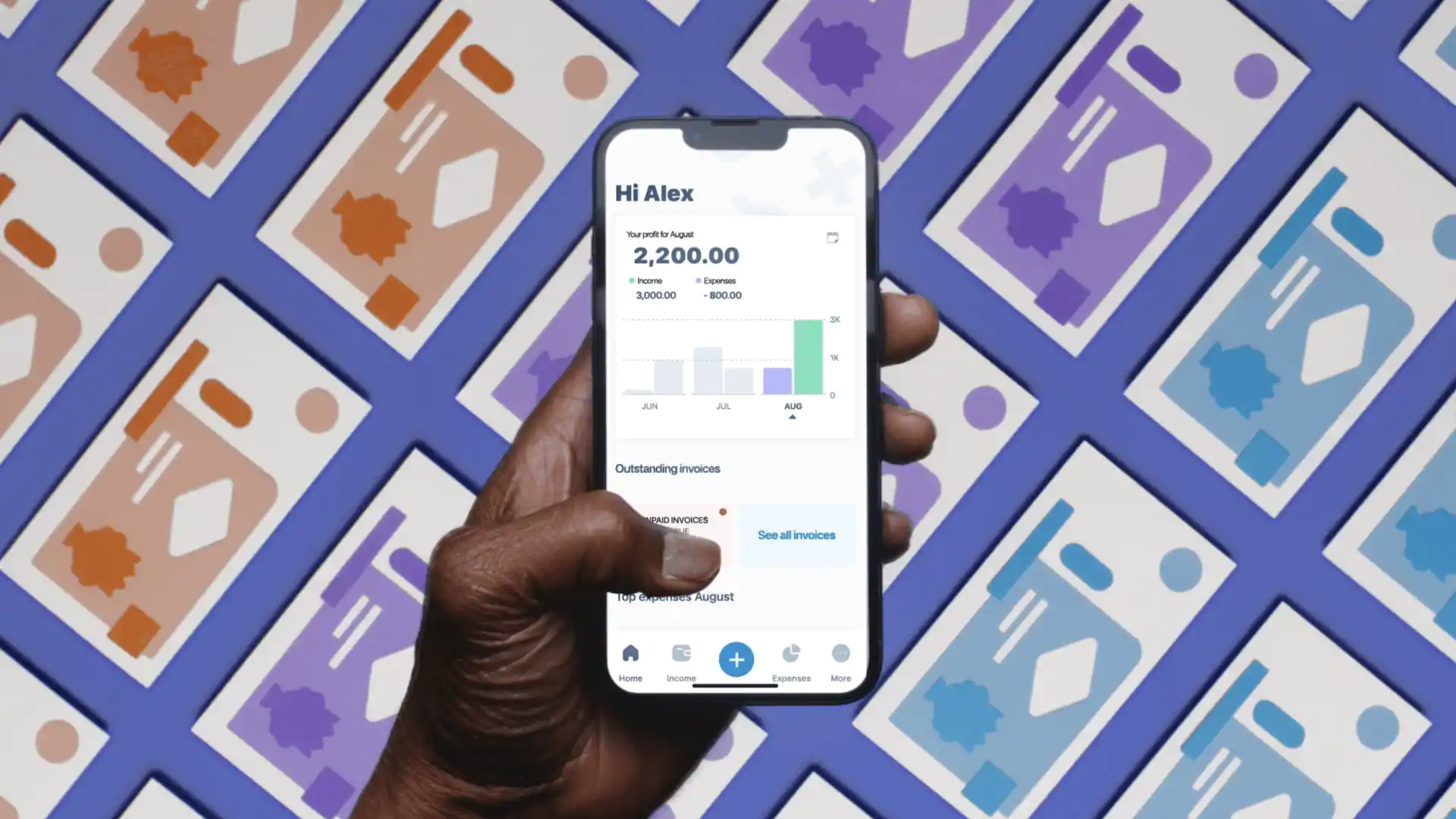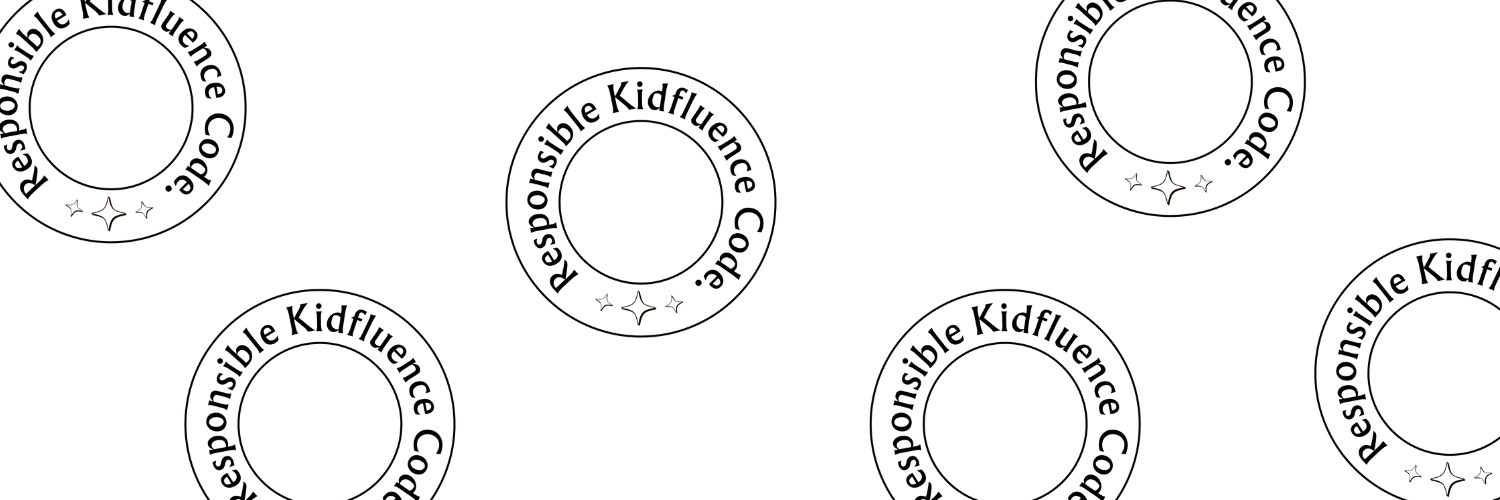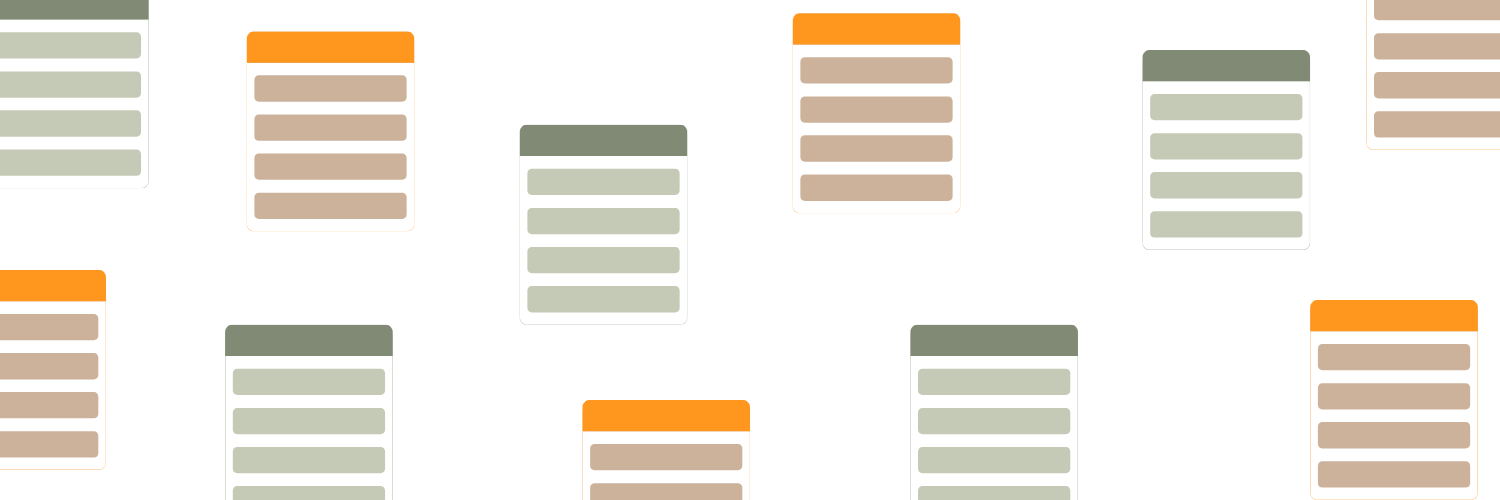Influencer Marketing Trends Driving In-Store Sales in July 2025

Influencer marketing is no longer confined to online clicks and brand awareness. While it’s long been recognised as a tool for boosting engagement and e-commerce sales, its real power lies increasingly in what happens offline - in-store visits, tangible purchases, and physical product sell-outs. If your brand hasn’t started using influencers to drive foot traffic, it’s time to rethink your strategy.
Influencers Bridge the Online-Offline Gap
Influencers are uniquely placed to connect digital content with real-world behaviour. Their ability to create authentic, relatable content encourages followers to engage with products not just online but in-store. From TikTok “shop with me” videos to Instagram walkthroughs of store exclusives, this content doesn’t just inspire - it converts.
Retailers like Mango, IKEA and Calzedonia have already seen measurable success by integrating influencers into their omnichannel marketing strategies. IKEA’s influencer-led lifestyle content, for example, inspires people to visit curated showrooms, blurring the lines between digital influence and showroom footfall.
Key Stats That Prove the Power of In-Store Influencer Marketing
- 70% of influencer marketing ROI happens in-store, not online
- 49% of consumers rely on influencer recommendations when making purchases
- 5x sales increase recorded when influencer campaigns are implemented compared to campaigns without them
- 60% positive ROI for omnichannel campaigns tracking both online and offline behaviour
- 86% of women consult social media before making a purchase
Coupon Codes, Promo Links and Tracking ROI
One of the biggest challenges in retail marketing is tracking attribution — who or what drove a sale? Influencers make this easier.
Brands now regularly assign unique coupon codes or downloadable vouchers to influencers, making it easy to track both online and in-store redemptions. This allows marketers to calculate ROI by influencer and better understand who is delivering real-world results.
Influencer coupon campaigns also provide a dual benefit:
- Conversion uplift – exclusive offers incentivise immediate action
- First-party data – downloads and redemptions give direct insight into consumer behaviour
Local Creators, Real Results
While mega-influencers have mass reach, micro-influencers and local creators often outperform them when it comes to in-store outcomes. Their audiences are more geographically aligned and tend to act on personalised recommendations — especially when campaigns include in-store events, curated collections or time-sensitive exclusives.
Think: a local fashion influencer promoting a “meet me at Mango” shopping day or an exclusive drop only available at select stores.
The Halo Effect: More Than Just Measurable KPIs
Even when customers don’t redeem a code or attend an event, influencers still drive value. This “halo effect” boosts consideration, increases word-of-mouth and nudges customers into stores later - even if the attribution path is less direct.
The key is to think beyond conversion and consider influence on brand affinity, recall, and pre-shopping decision-making.
Takeaway for Marketers: Make It Omnichannel or Miss Out
If you’re only measuring clicks and ignoring what happens in-store, you're missing most of the picture.
To maximise ROI:
- Partner with influencers who reflect your audience's real-life shopping habits
- Use trackable incentives like codes and in-store offers
- Integrate campaigns across digital and physical touchpoints for full-funnel performance
- Work with your retail teams to link influencer content to store experiences
Sources
- UAVA
“70% of Influencer ROI Found In-Store”
https://uava.org.uk/arts-entertainment/70-of-influencer-roi-found-in-store - The Interline
“High Street Fashion and Influencer Marketing: The Surprising In-Store Sales Success Story”
https://www.theinterline.com/2025/01/08/high-street-fashion-and-influencer-marketing-the-surprising-in-store-sales-success-story - Awisee Blog
“How Influencer Marketing Impacts Retail”
https://awisee.com/blog/influencer-marketing-retail/ - That Random Agency
“How Influencers Drive Foot Traffic and Boost Sales”
https://thatrandomagency.com/2024/12/19/how-influencers-drive-foot-traffic-and-boost-sales/ - RetailBoss
“5 Expert Tips for Leveraging Retail Influencer Marketing”
https://retailboss.co/5-expert-tips-for-leveraging-retail-influencer-marketing/ - AdParlor
“5 Ways to Measure Foot Traffic from Influencer Campaigns”
https://adparlor.com/blog/5-ways-to-measure-foot-traffic-from-influencer-campaigns/ - Digital Voices
“Online vs Offline Retail: The Role of Influencer Marketing”
https://www.digitalvoices.com/blog/online-vs-offline-retail-the-role-of-influencer-marketing - IndaHash on LinkedIn
“Maximising ROI with Influencer-Driven Coupon Activity”
https://www.linkedin.com/posts/indahash_maximizing-roi-with-influencer-driven-coupon-activity-7236724316581609473-jjw1 - Carusele Blog
“4 Ways to Measure Sales Lift at Retail from Influencer Marketing”
https://blog.carusele.com/4-ways-to-measure-sales-lift-at-retail-from-influencer-marketing - Dash App Blog
“Influencer Marketing Statistics”
https://www.dash.app/blog/influencer-marketing-statistics
Explore Our Latest Insights
Stay updated with our latest articles and resources.





Ready to elevate your marketing strategy?
Let’s add some spice to your next campaign 🌶️






